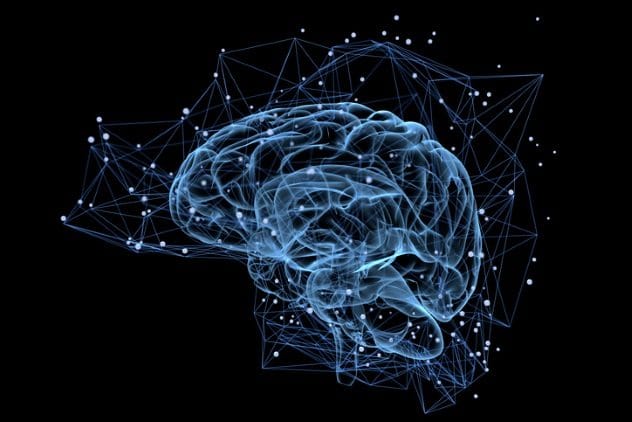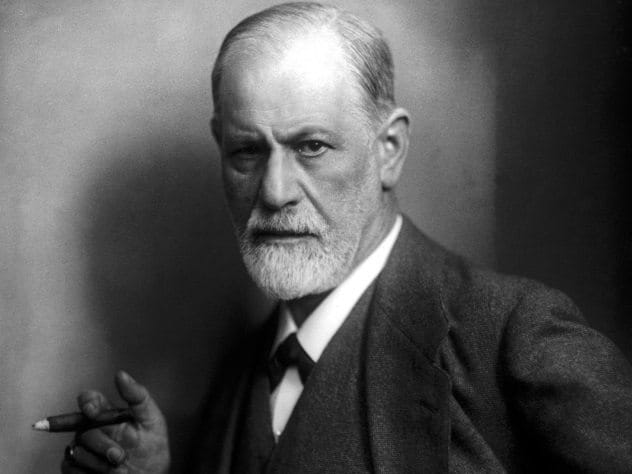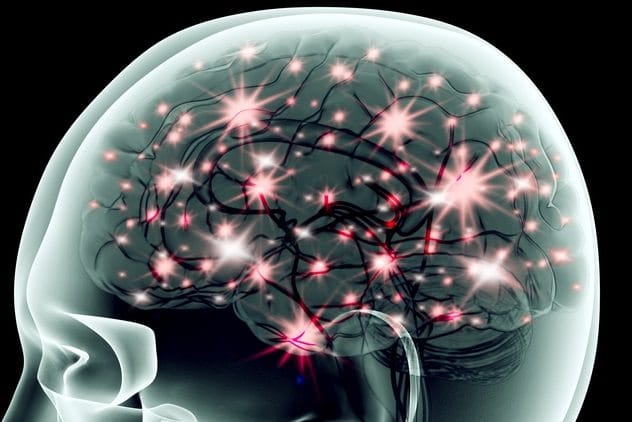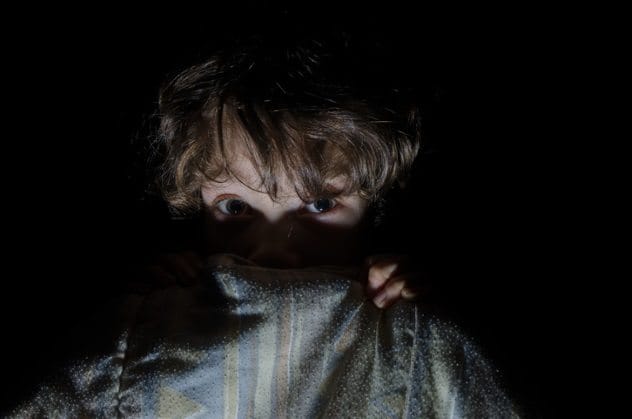Have you ever wondered why we dream? Dreaming is a nightly occurrence for most people, yet understanding its purpose remains one of psychology’s great mysteries. Dreams can be bizarre, emotional, and sometimes even prophetic. While scientists don’t fully agree on why we dream, there are many compelling theories. Let’s dive into ten of the most intriguing ideas about why our brains conjure up these nightly shows.
Why Do We Dream? 10 Theories to Explore
10. Dreams Consolidate Memories
Have you ever felt like a dream was helping you remember something? Numerous studies suggest that dreams play a key role in memory consolidation. Dreaming helps our brains move information from short-term to long-term memory. Neuroscientists have observed that during the day, memories are temporarily stored in the hippocampus. During sleep, these memories are transferred to the cerebral cortex for long-term storage.

This transfer process involves the hippocampus replaying our day’s events, sometimes even in reverse! This replay helps strengthen neural connections, making those memories more accessible later on. So, dreaming could be your brain’s way of archiving important information.
9. Dreams as Therapy
Dreams can be intensely emotional, whether they’re filled with joy, fear, or sadness. One theory suggests that dreams act as a form of therapy, helping us process strong emotions. Psychologists believe that dreams strip away the intense emotions associated with events, allowing our brains to make connections between feelings and past experiences in a safe, detached environment.

By replaying events without the full force of their emotional impact, we can gain new perspectives and work through difficult situations. This process can lead to emotional healing and a better understanding of our own feelings.
8. Dreams Prevent Anxiety
Could dreams be a natural anxiety reliever? A 2009 study on depressed and anxious college students revealed that their dreams often featured themes of aggression and self-victimization. This suggests that REM sleep might help individuals cope with feelings of low self-worth, sadness, and anger.

By confronting these negative emotions in a dream state, individuals may be better equipped to handle them in their waking lives. Dreams could provide a safe space to process and defuse anxiety-provoking thoughts and feelings.
7. Dreams Contribute to Overall Well-Being
What happens when you don’t dream? Studies have shown that preventing people from entering REM sleep can lead to some pretty unpleasant side effects, including increased tension, difficulty concentrating, and even hallucinations. While these side effects could be due to a general lack of sleep, many researchers believe they are specifically linked to a lack of dreaming.

Since we only dream during REM sleep, these findings suggest that dreaming is essential for maintaining mental and physical well-being. Dreaming seems to play a vital role in cognitive function and emotional stability.
6. Lack of Dreams May Signal Psychiatric Disorders
Interestingly, a lack of dreaming or disrupted REM sleep has been linked to psychiatric disorders. Research from Harvard University in 2009 found that sleep problems can increase the risk of developing conditions like bipolar disorder. Interruptions in REM sleep can affect levels of neurotransmitters and stress hormones, which in turn impairs emotional regulation and affects our thinking patterns.

Treating sleep disorders may, therefore, help alleviate or prevent underlying mental health issues. This connection highlights the importance of healthy sleep patterns for overall psychological health.
5. Information Processing Theory
Dreams may be more than just random images; they could be your brain processing new information. The information processing theory suggests that during REM sleep, we link new concepts with existing knowledge. This process can result in bizarre and creative dream scenarios.

Dreams arise when we become aware of these connections, often as fragmented sounds, images, or motor activities. Our brain then tries to create a narrative to connect them. This theory explains why dreams can be so confusing yet also lead to new insights and a greater awareness of how we interact with the world.
4. Freud’s Psychoanalytic Theory of Dreams
No discussion about dreams is complete without mentioning Sigmund Freud. Although some of his ideas have been debunked, Freud’s psychoanalytic theory remains influential. Freud believed that dreams are a window into our unconscious desires and repressed feelings. He thought that we’re driven by aggressive and sexual instincts, which are hidden from our conscious mind but revealed through our dreams.

According to Freud, dreams have manifest (remembered) and latent (hidden) content. The latent content is where the true meaning of the dream lies, often expressing unacceptable feelings or desires.
3. Activation-Synthesis Model
The activation-synthesis model offers a different perspective, suggesting that dreams arise from biological responses in the brain. This theory posits that dreams are the result of the brain trying to make sense of random signals firing in the limbic system, including the amygdala.

As these areas “light up” during sleep, the brain synthesizes and interprets this activity in the form of dreams. While the dreams themselves may not have inherent meaning, the process of interpreting these signals can lead to new ideas and insights.
2. Adaptive Theory
The adaptive theory suggests that sleep and dreams serve an evolutionary purpose. From an evolutionary standpoint, sleep allows animals to stay out of harm’s way by encouraging them to rest in safe locations, avoiding potential dangers.

Additionally, when we are deprived of REM sleep, our brains compensate by spending more time in that stage the following night, a phenomenon known as REM rebound. This highlights the essential role of REM sleep and dreaming for survival and adaptation.
1. Threat Simulation Theory
The threat simulation theory proposes that dreams allow us to prepare for potential dangers. Finnish researchers found that threat simulations in dreams help us rehearse cognitive mechanisms needed for threat perception and avoidance, increasing our chances of reproductive success.

Studies on children in threatening environments showed that they had more vivid and threat-filled dreams, indicating a highly active threat simulation system. This theory suggests that dreams may function as a training ground for dealing with real-world dangers.
Decoding Your Dreams
Dreams continue to fascinate and puzzle scientists and psychologists alike. While there’s no single answer to why we dream, these theories offer valuable insights into the complex workings of our sleeping minds. Whether dreams help us process emotions, consolidate memories, or prepare for future threats, they play a crucial role in our overall well-being.
What do you think? Share your thoughts and dream experiences in the comments below!










